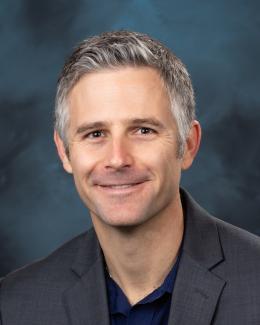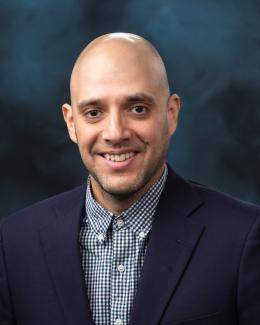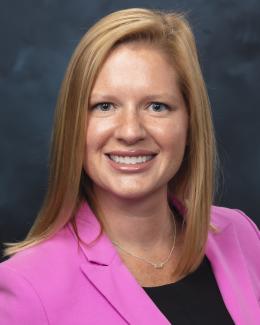ORNL not only helps provide fuel for NASA's Perseverance rover on Mars (above) but also conducts other S&T that advances space missions. Photo credit: NASA
The role of ORNL’s isotope program has been well documented in regard to restarting the nation’s domestic production of plutonium-238 for fueling space missions for NASA (National Aeronautics and Space Administration). This includes providing the fuel for the Perseverance rover in NASA’s Mars 2020 mission as well as its upcoming 2027 Dragonfly mission to explore Titan, Saturn’s largest moon.
Perhaps lesser known is the work of engineers and scientists who are applying their nuclear energy expertise to advance space exploration.
Hooked as a college student on the idea of using his nuclear engineering degree to support space technology, Michael B. Smith, in the Advanced Nuclear System Safety and Licensing Group, has applied his expertise in modeling radiation and nuclear processes for several space missions.
“As a nuclear engineer, the same tools that I use to perform terrestrial nuclear engineering tasks and modeling can also be used to model those same phenomena in space to support NASA missions,” Smith said. His work includes modeling galactic cosmic rays, trapped radiation belts, and solar particle events to predict deleterious effects to astronauts, materials, and electronics in deep space environments.
Another FFESD engineer applying her skillset to space exploration projects is Dianne Bull Ezell, Nuclear and Extreme Environment Measurement Group Leader. She is currently developing a high-temperature irradiation test bed for fuels and instrumentation being advanced for future space missions.
Jorge Navarro, in ORNL's Advanced Nuclear System Safety and Licensing Group, is the current chair of the Aerospace Nuclear Science and Technology Division of the American Nuclear Society.
“When you realize that what you are developing for use here on the earth can be used also to help take humans into outer space, it sparks something inside of you,” Navarro said.





